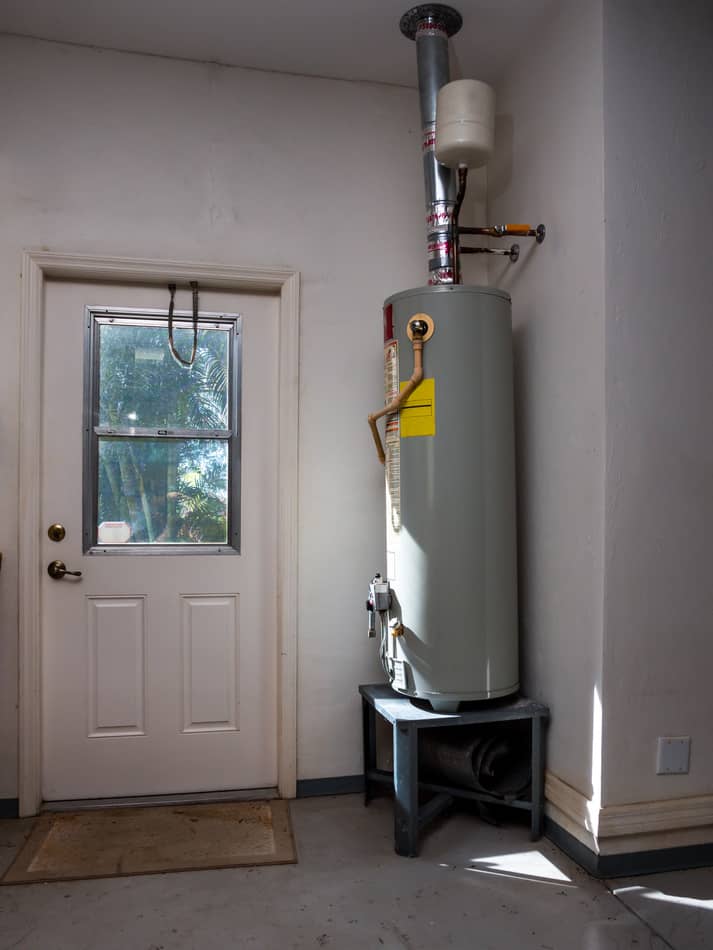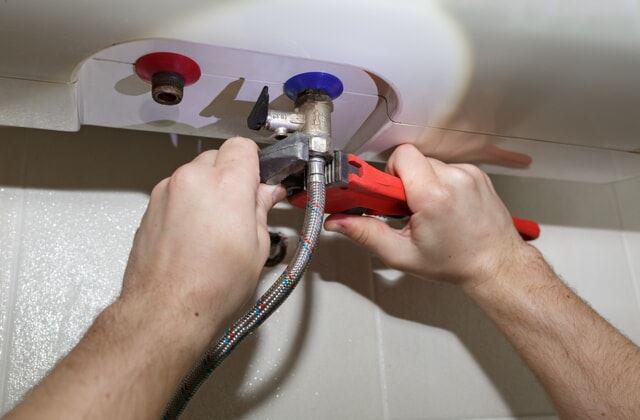Simple Steps to Maintaining Your Home's Hot Water SystemKey Guidance on Caring for Your Home's Hot Water System
Simple Steps to Maintaining Your Home's Hot Water SystemKey Guidance on Caring for Your Home's Hot Water System
Blog Article
What're your concepts about How to Maintain Your Water Heater & Prolong its Life?

Hot water is essential for day-to-day convenience, whether it's for a revitalizing shower or cleaning meals. To ensure your warm water system runs successfully and lasts longer, routine maintenance is key. This write-up offers practical tips and understandings on just how to preserve your home's hot water system to avoid disturbances and pricey repair services.
Introduction
Maintaining your home's warm water system might appear daunting, yet with a couple of easy steps, you can ensure it operates efficiently for many years to come. This overview covers whatever from understanding your warm water system to DIY maintenance pointers and understanding when to hire expert help.
Relevance of Preserving Your Hot Water System
Normal maintenance not just extends the life-span of your warm water system but additionally ensures it runs effectively. Neglecting upkeep can result in decreased effectiveness, greater energy costs, and even early failing of the system.
Signs Your Hot Water System Demands Maintenance
Recognizing when your hot water system requires interest can protect against major concerns. Watch out for signs such as irregular water temperature, strange sounds from the heater, or rusty water.
Flushing the Water Heater
Flushing your hot water heater eliminates debris accumulation, boosting efficiency and extending its life.
Monitoring and Changing Anode Rods
Anode poles avoid rust inside the container. Examining and replacing them when worn is essential.
Facility Issues Needing Specialist Assistance
Instances include major leakages, electric problems, or if your hot water heater is consistently underperforming.
Routine Professional Maintenance Conveniences
Specialist maintenance can consist of detailed evaluations, tune-ups, and making certain compliance with security criteria.
Evaluating and Adjusting Temperature Setups
Readjusting the temperature level settings makes certain optimal performance and safety and security.
Do It Yourself Tips for Maintenance
You can carry out several maintenance jobs on your own to maintain your warm water system in top problem.
Looking for Leakages
Frequently check pipelines and links for leaks, as these can lead to water damage and greater bills.
Understanding Your Warm Water System
Before diving right into upkeep tasks, it's valuable to comprehend the fundamental components of your warm water system. Normally, this includes the water heater itself, pipes, anode poles, and temperature controls.
Month-to-month Upkeep Tasks
Regular monthly checks can help capture small issues prior to they rise.
Checking Stress Relief Valves
Evaluating the pressure safety valve ensures it functions correctly and prevents excessive pressure buildup.
Insulating Pipes
Insulating hot water pipelines decreases warmth loss and can conserve energy.
When to Call a Professional
While do it yourself maintenance is advantageous, some concerns need professional proficiency.
Verdict
Routine maintenance of your home's warm water system is important for performance, durability, and price savings. By following these pointers and understanding when to seek specialist assistance, you can guarantee a reliable supply of warm water without unforeseen disruptions.
Water Heater Maintenance: The Basics
Maintaining your water heater will ensure it operates efficiently and has a longer lifespan. Neglecting regular maintenance can lead to costly repairs and an even bigger chunk of your savings if you have to replace it sooner than necessary. But there’s good news: Most water heater maintenance tasks are relatively simple and easy for homeowners with basic DIY skills.
Flush the Water Heater
Over time, sediment and minerals can build up in the tank, reducing its efficiency and potentially causing damage. To flush the tank, turn off the power or gas supply, attach a hose to the drain valve near the bottom and open the valve to drain the water until it runs clear. Ideally, flush the tank annually.
Replace the Anode Rod
The anode rod is a sacrificial metal rod that helps prevent corrosion inside the tank. Inspect and replace it every three to five years or per the manufacturer's recommendation. To replace the anode rod, turn off the power or gas supply, drain a few gallons of water from the tank, unscrew the old rod and replace it with a new one. If the anode rod is significantly corroded or covered in calcium buildup, it's a sign the water heater may need to be replaced soon.
Tune-Up
A yearly tune-up can help identify potential issues and ensure your water heater operates at peak efficiency. This typically involves checking the thermostat, burner assembly (for gas heaters) and any other components specified by the manufacturer. During a tune-up, the technician may also clean the burner and adjust the pilot light (for gas heaters) or examine the heating elements (for electric heaters).
How to Maintain Your Water Heater
Insulate the tank. Insulating the tank can improve energy efficiency and reduce heat loss, saving you money on energy bills. You can purchase precut insulation blankets designed specifically for water heaters or use standard fiberglass insulation wrapped securely around the tank. Check the temperature. The recommended water temperature for most households is around 120 degrees Fahrenheit (49 degrees Celsius). Higher temperatures can increase energy costs and potentially cause scalding. Use a kitchen thermometer to check the temperature at the faucet nearest the water heater. Monitor water pressure. Excessive water pressure can strain the water heater and cause leaks or even tank failure. Install a pressure-reducing valve if necessary. The ideal water pressure range is between 60 and 70 PSI (pounds per square inch). Test the temperature and pressure (T&P) relief valve. The T&P relief valve is a safety feature that releases pressure if the tank gets too hot or the pressure builds up too high. Test it annually by lifting the lever and allowing a small amount of water to release. Replace the valve if it doesn't release water or reseal properly. Check for leaks. Regularly inspect the tank, pipes and fittings for leaks or corrosion. Deal with issues promptly to prevent further damage. Even a small leak can lead to significant water damage over time. Consider a tankless water heater. If your traditional tank-style water heater is nearing the end of its lifespan ( typically 10 years), consider replacing it with a tankless water heater. These units heat water on demand, reducing standby energy losses and potentially saving you money on your energy bills. Schedule professional maintenance. While homeowners can perform many water heater maintenance tasks, it's still a good idea to schedule professional maintenance every few years. A plumber or HVAC technician can thoroughly inspect the unit, identify potential issues and ensure it operates safely and efficiently. https://www.homeserve.com/en-us/blog/home-improvement/hot-water-heater-maintanence/

Do you really like reading about Tips on Maintaining a Water Heater? Try to leave a review below. We will be delighted to listen to your ideas about this posting. We hope that you visit us again soon. Sharing is nice. You just don't know, you could be doing someone a favor. We appreciate your readership.
Call Today Report this page